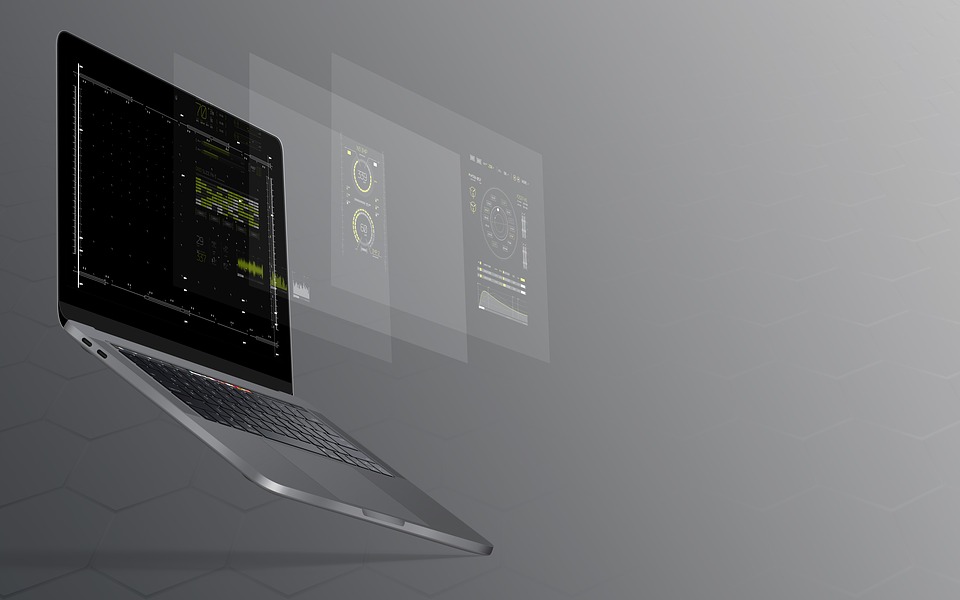The Central Processing Unit (CPU) is a computer hardware that provides an important function to the whole computer system. The CPU is primarily responsible for a computer’s speed, cache, and data processing which is dependent on core of the system. Let’s take a look further.
The CPU also known as processor stands for Central Processing Unit. Like the best handheld gps devices that rely on ARM applications processor for many tasks, computers in the same manner, rely on Central Processing unit to the unit’s responsiveness.
Computer Speed
The speed or clock frequency refers to how many cycles the processor goes through in a second. A 3.0 ghz processor does 3 million(billion!) cycles per second. Obviously the more cycles the faster the unit, however the efficiency of each cycle is also important.
The efficiency of each cycle is known as IPC, instruction per cycle. Just to visualize this mini bit, imagine a man running. You’re trying to get from point A to point B. The faster you run the faster you get there.
However, if you have a small stride then for every leg movement, you don’t cover much land. In the same way, a CPU, despite having a fast clock frequency, must also have a large IPC to be effective.
Cache
Another concept of the processor is the cache. The cache is simply ultra-fast accessible memory in the processor. The cache stores data temporarily which may be required from the CPU.
If the CPU had to get data from the RAM modules, it would take time so most CPU’s have the cache which will store data which can be sent fast to the CPU when it needs it. The bigger the cache the faster the CPU will be at performing tasks.
Core
There’s also cores, you may have heard dual core, quad core and even hex core. Basically the more cores, the easier the CPU can deal with the data it is fed.
Simple Comparison of CPU to a River for Better Understanding
If you don’t understand this, then imagine a river is your processor as a whole. Garbage is chucked at one end of your river. The cache ensures that garbage is chucked in quickly. The garbage is data which need to be processed. The rivers primary objective is to get rid of the garbage or process the information.
The speed the river flows is the clock speed, the faster the river flows the faster the garbage will pass. The instruction per cycle is the effectiveness of each ripple. Cores are when the river splits into channels. It makes the river be able to easily distribute the garbage.
So the information passed through the fast speed of the river meant that the data was processed fast and the multiple cores meant that the processor could do its tasks much more efficiently. The cache meant that the garbage could quickly be put in one end of the river.
